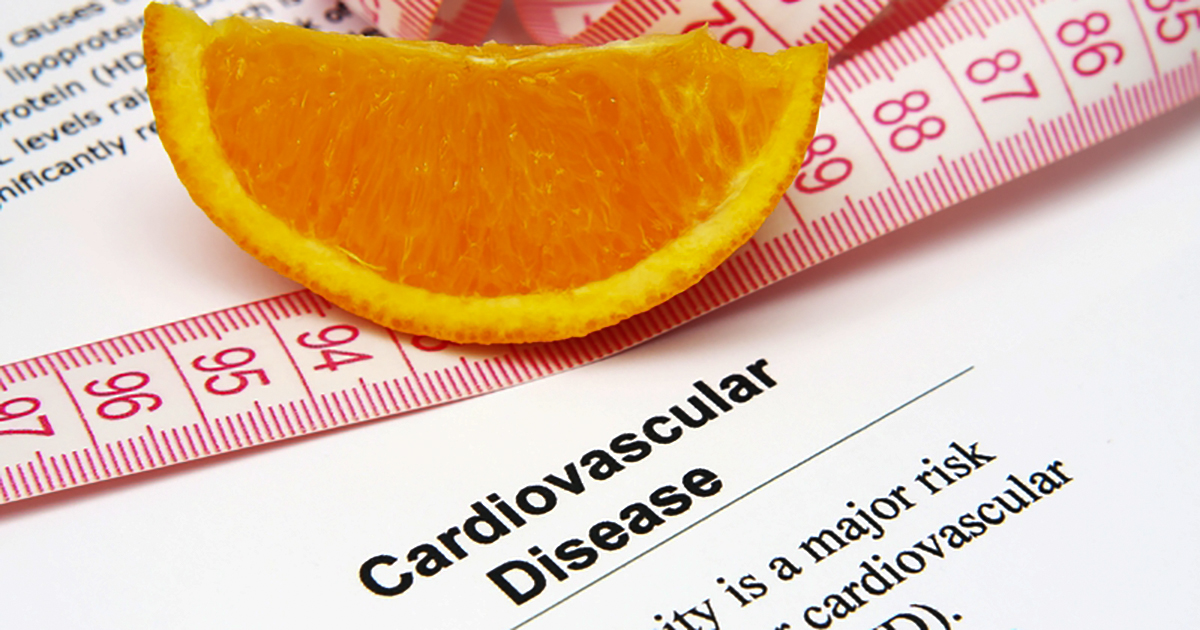Scariest Diseases That Come With Age
Aging is a complex process and while it comes with wisdom, increased happiness, and other benefits, according to research, there are certain diseases you are at a higher risk for as more birthdays pass. Merely living takes a toll on your body. Your joints experience wear and tear, your heart changes, your muscles lose strength, your bones lose density, and even your brain becomes less efficient and smaller. Staying active and eating wholesome foods goes a long way in helping maintain good health. However, no specific effort can entirely prevent disease. Knowing more about some of the most common and scary diseases related to aging enables you to take preventative measures and better cope with them should they develop.
Atherosclerosis

The arteries are responsible for delivering blood rich with oxygen throughout your body. Atherosclerosis occurs when the arteries have plaque accumulation. The plaque is generally comprised of calcium, cholesterol, fat, and other substances in your blood. As the plaque accumulates, it hardens, and this can reduce how much oxygenated blood is traveling throughout your body. In some cases, an artery can have a complete blockage.
Atherosclerosis is progressive and tends to occur slowly. It may result from high cholesterol, blood pressure or triglycerides, inflammation, insulin resistance or diabetes, tobacco use or obesity. When left untreated, this condition increases the risk of stroke and heart attack. The symptoms experienced typically depend on which arteries are affected, but may include chest pressure or pain, coronary artery disease, temporary vision loss, carotid artery disease, extremity weakness or numbness, aneurysms, peripheral artery disease, kidney failure, and high blood pressure.
Next, learn how cardiovascular disease and age are closely related.
Cardiovascular Disease

In the United States, approximately 610,000 individuals die due to diseases of the cardiovascular system each year. Cardiovascular disease is used to describe multiple conditions that may affect the cardiovascular system, including coronary heart disease, arrhythmias, heart failure, diseases of the heart valves, high blood pressure, congenital heart disease, peripheral artery disease, and cardiomyopathy. The exact causes depend on the specific disease, but the following may contribute to all diseases of the cardiovascular system: congenital heart defects, smoking, drug or alcohol abuse, poor diet, chronic stress, high cholesterol, obesity, poor hygiene, diabetes, history of radiation or chemotherapy, and a sedentary lifestyle. The symptoms and complications depend on the exact disease you have and may include chest discomfort, abnormal or irregular heart rate, heart attack, dizziness, getting easily fatigued, stroke, shortness of breath, sudden cardiac arrest, and feet or ankle swelling.
Continue reading to discover the number one disease that comes with age.
Cancer

Over one hundred different types of cancer exist. The tissues or organs where this disease starts generally dictates the name and type. Cancer occurs as a result of the cells in the body dividing uncontrollably and starting to spread. Since the body is comprised of cells, this condition can develop just about anywhere. Under normal circumstances, cells die and are replaced with new ones, but when cancer is present, new cells are made, but old ones also remain. Tumors, a type of solid and malignant mass, develop as cells accumulate. However, certain types of cancer do not have solid tumors, such as blood cancers. Cells may break off the tumors and go elsewhere in the body traveling via the lymphatic or circulatory systems. When this happens, secondary cancers can develop. The symptoms, complications, and prognosis are all dependent on the type of cancer someone develops, their general health, and the stage it is at when diagnosis occurs.
Keep reading to reveal this neurological condition that is mostly associated with age.
Alzheimer's Disease

Alzheimer's disease, a form of dementia, affects approximately 5.7 million Americans, making it the most frequently diagnosed type. This progressive disease of the brain gradually destroys various mental functions, such as memory. The most prominent risk factor is aging, and most patients are at least sixty-five years old. However, experts also believe lifestyle, genetics, and environment all play a role. The two hallmarks of this disease are tangles and plaques. Tangles are twisted threads of tau proteins that cause transport system changes. This characteristic is highly associated with brain cell decline and death. Plaques are beta-amyloid protein clumps on the brain. They may destroy and damage brain cells in many ways and impact how cells communicate with each other. Symptoms and complications of Alzheimer's disease may include impairments with language, cognition, judgment, memory, and even physical health. For example, those with this disease are prone to malnutrition, bedsores, and fractures. Other symptoms are personality changes, unclear thinking, and the inability to keep up with normal daily activities.
Next, find out how arthritis develops as we age.
Arthritis

There are numerous types of arthritis, but osteoarthritis is the type most often associated with aging. This is a joint disease and the most common one older adults experience with approximately thirty million patients in the United States. Osteoarthritis is a degenerative disease that occurs as a result of joint wear and tear. Simply living and using your joints as part of everyday life is enough to cause wear and tear over the decades. Certain factors may heighten your risk, such as obesity, bone deformities, and joint injuries.
Between the joints rests cartilage, which is flexible connective tissue that provides joint cushioning. Once it is gone, the bones of the joint rub against each other, which can cause symptoms including stiffness, pain, a grating sensation, tenderness, flexibility loss, and bone spurs. Over time, the severity of symptoms may progress to where daily tasks become quite challenging to accomplish. It is also possible for joint destruction to get so bad the joint needs to be replaced with an artificial one.
